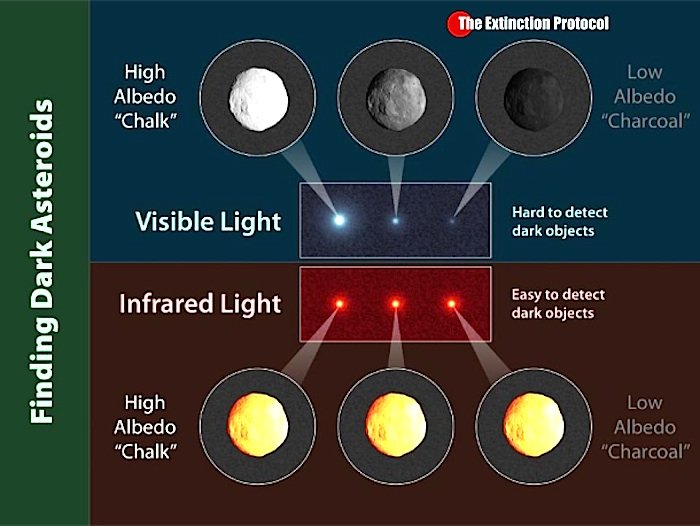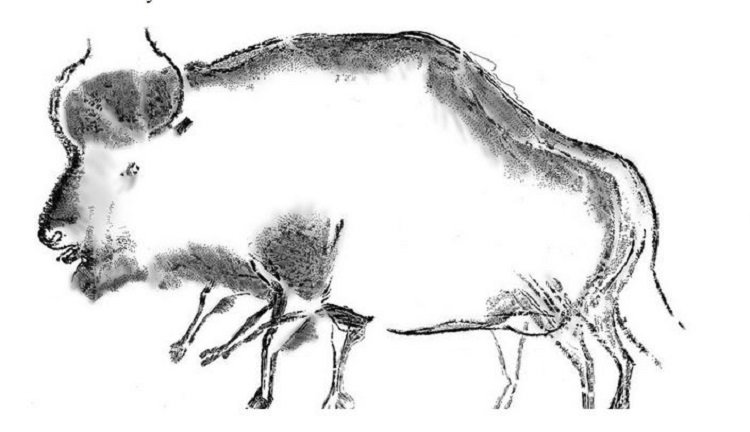
© The Extinction Protocol
There are many cosmic catastrophes that could do us in, completely irrespective of anything that happens here on Earth. A star could pass into our Solar System and swallow up our planet whole, or eject us from our orbit and cause us to permanently freeze over. A supernova or gamma ray burst could go off too close to us, disintegrating all life on the Earth's surface. Or, as we know it did at least once before some 65 million years ago, a large, fast-moving object like a comet or asteroid could have a catastrophic collision with Earth. At least if we're prepared,
we ought to see one coming and be able to take preparations.
But what if there's no chance; what if an incoming comet is somehow unseeable? David Bertone heard about that possibility, and wants to know!
I recently came across a few articles regarding dark comets, and to say the least it freaked me out! [...]
Is Napier right about the dark comets? Are they truly a threat to us [on] earth? We have lots of threats to life on Earth, and getting struck by a large, fast-moving, unexpected object is certainly among them! Bill Napier is a scientist who studies potentially hazardous objects from outer space. He rightly points out that, while most efforts to catalogue the potential dangers to Earth focus on near-Earth objects like the asteroids that leave the main belt and cross Earth's orbit, that might not be a good reflection of what's actually likely to get us. Nor is it necessarily an asteroid orbiting interior to Jupiter or a comet orbiting exterior to the orbit of Neptune, just waiting to get perturbed and flung into the inner Solar System. There are plenty of objects orbiting in between the orbits of the four gas giants, known as centaurs, that could be hurtled inwards without any warning, and most of them have not been catalogued.
Napier postulates that many of these centaurs may be invisible to us, even after being flung inwards, until it's far too late.

Comment: Comet Swift-Tuttle may just be one of many visitors from the cosmos during this time of increasing electrical interaction within our solar system. And, it is not only impacts that have ramifications for our planet. It is also what the comets carry with them that may alter our biosphere and Earth's living organisms forever.
Suggested reading: Earth Changes and the Human-Cosmic Connection (The Secret History of the World Book 3) by Pierre Lescaudron, Laura Knight-Jadczyk